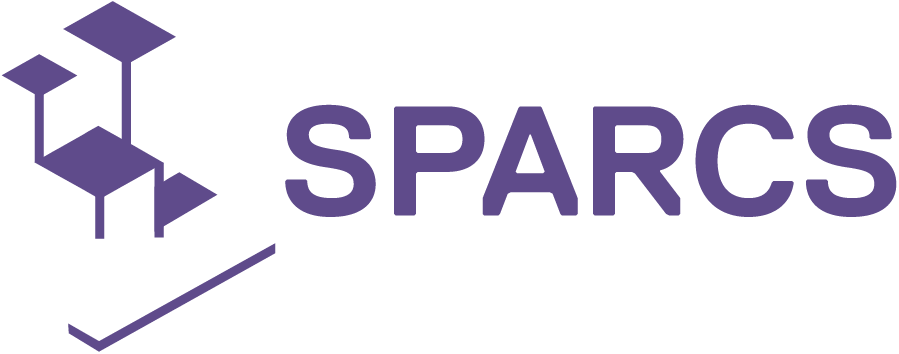Playfully saving electricity: Leipziger Stadtwerke develops smart socket
How can we encourage end consumers to be more aware of their energy consumption? This is what Leipziger Stadtwerke is investigating as part of the SPARCS sub-project for developing virtual energy communities. The so-called “smart socket” plays a central role in this. In this work package, Leipziger Stadtwerke is developing an app that does two things: it sensitises its users to their own consumption behaviour and, at the same time, provides concrete incentives to save electricity. Important milestones have been reached here in the last year.
The smart socket is the first part of the multi-stage L-Zero programme, with which Leipziger Stadtwerke wants to give tenants, in particular, the opportunity to actively participate in the energy transition in the long term. As part of the SPARCS research project, Leipziger Stadtwerke first developed the concept for this application:
It is a socket with digital, remotely readable consumption data recording, which can also be used to control consumption in a targeted manner. It can be interposed anywhere in the house. The aim of the application is, on the one hand, to make users aware of their consumption behaviour. Therefore the smart socket makes consumption transparent in real-time. On the other hand, the smart socket can contribute to levelling the power flows in the grid: using it, plannable consumption (washing machine, etc.) can be deliberately scheduled for times when plenty of electricity is available from renewable sources in the grid. In this way, additional electricity production from fossil sources – as is currently still necessary at peak load times – and the associated CO2 emissions are to be kept as low as possible.
The smart socket is controlled or read out via a specially developed app – either by the users themselves, who can, among other things, program fixed application times. Alternatively, control is also possible externally, i.e. by the Leipziger Stadtwerke or via a local energy network set up by them (virtual power plant). This access option based on the monitoring data of all smart sockets allows the utility or the local network to control the power flows in the grid in a more targeted manner.
Last but not least, the smart socket wants to specifically encourage its users to save electricity. In order to increase their motivation, initiate concrete changes in behaviour and provide the topic of “saving electricity” with a tangible added value, the product management of Leipziger Stadtwerke has chosen an innovative approach: gamification. The app therefore deliberately works with playful elements, above all fixed and changing challenges that all users can complete. There are attractive rewards for the points collected in the process. In this way, saving electricity is transformed from a joyless renunciation topic into a playful challenge.
The project is currently in the technical implementation phase. Both the frontend and backend of the app are under development. In parallel, the other departments involved within Leipziger Stadtwerke are working on all the other necessary building blocks to be able to test the smart socket on the market in the foreseeable future: from the selection of the suitable device type to the formulation of the necessary general terms and conditions for use to the logistical preparation of shipping.
As part of SPARCS, Leipziger Stadtwerke also wants to test how the smart socket is received by end consumers – if the response is positive, this offer may find its way into the product portfolio on a permanent basis. For the test phase, 1,000 existing customers of Leipziger Stadtwerke spread across the entire Leipzig urban area will therefore receive a starter package containing three smart sockets and access to the app. This rollout is scheduled to be completed by autumn 2022. A period of use of two years is planned. During this period, the consumption data is collected monthly and evaluated with regard to the possible CO2 savings. The final evaluation of the collected data will then take place in autumn 2024.

